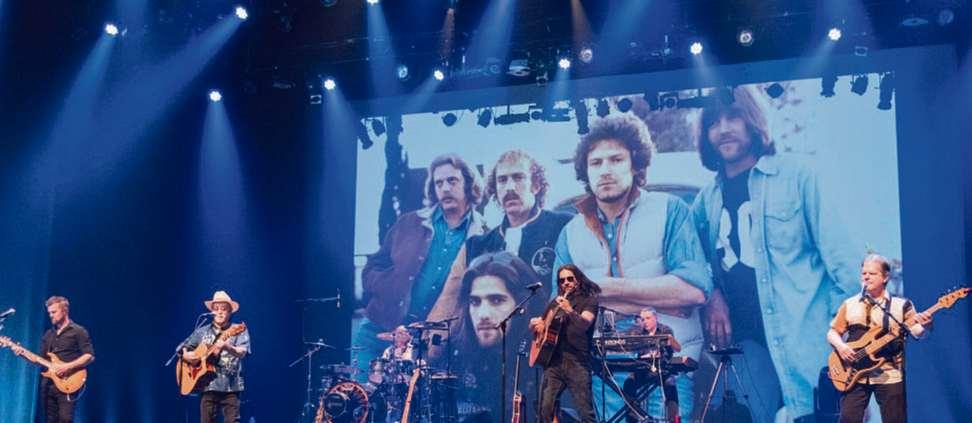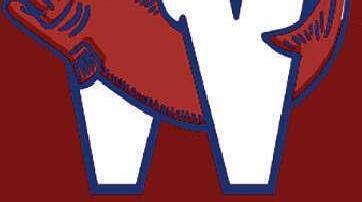
3 minute read
City Six-storey mixed-use project proposed in Sapperton
TheresaMcManus
tmcmanus@newwestrecord ca
Advertisement

A six-storey mixed-use development is being proposed for East Columbia Street in Sapperton.
At its June 12 meeting, council received a preliminary report about a rezoning and development permit for 145 to 209 East Columbia St The project proposes 92 secured-mar- ket rental units, 1,686 square metres (18,149 square feet) of office space on the second floor and 1,338 sq m (14,402 sq ft.) of at-grade retail space.
The project is proposed on five lots between Alberta Street and Strand Avenue on East Columbia Street, as well as on a rear lane The properties are currently home to a small commercial building and vacant lots.
“This development would provide the benefit of additional secured market rental units for the community in close proximity to transit, as well as streetscape improvements along East Columbia Street,” said a staff report “The provision of office on the second floor supports the OCP’s vision to locate employment-generating uses that support the hospital (e g space for medical offices) within a five-minute walk of the hospital.”
Council directed staff to work with the developer to prepare a plan for the subject property that’s suitable for consideration of first and second readings.
Upcoming steps include interdepartmental review of the application by city staff, applicant-led public consultation, a presentation to the NewWestminster design panel, the creation of a Be Heard New West webpage and a comprehensive report to council, which would be followed by consideration of the rezoning bylaw and zoning amendment bylaw
The report to council had included a recommendation that council endorse in-principle that no public hearing be held for this application, in accordance with the Local Government Act
However, Mayor Patrick Johnstone suggested that decision be made further into the process.
Continued from page himself racism, sexism, homophobia are “hardbaked” into the classification system.

“It shoves women, BIPOC people, 2SLGBTQ people, into very tiny categories, and because of that, it takes them out of the context of everything else around them, and it doesn’t always make sense,” Seddon said
Then there’s the Eurocentric nature of the system, whichWethered noted forces information about Indigenous peoples into a small historical section and doesn’t acknowledge any of its complexities or current realities.
Likewise with languages and religions Seddon pointed out that if you’re producing a dictionary or thesaurus in aWestern European language, you get a full number all to yourself; every other language is crammed into one section Similarly, Christianity dominates the classification categories in religion
“If you’re Jewish or Sikh or Hindu or Muslim or anything else, you’re crammed off into this one number on the side,” Seddon explained.
So the question remains:

If not the Dewey decimal system, then what?
That’s where the Brian Deer classification system comes in
Seddon noted Deer isn’t a widely known or widely taught figure in
North American library schools. But once she and Wethered started investigating alternatives to Dewey, they found Deer: a Mohawk librarian who developed a system to classify books based around Indigenous content and Indigenous ways of knowing and disseminating information, starting in the 1970s

“As we’re including more and more authentic Indigenous texts in our libraries, we need to find new ways to classify them so that students can find them,” Seddon said With the Deer system, they’re able to be flexible with their collections and prioritize Indigenous content.
The Deer system allows the library to develop its own flexible approach to cataloguing based on letters, rather than numbers, starting with A for reference materials and working through broad and adaptable classifications based on local needs.
For instance, their goal is that the first item in the languages section will be an Indigenous language dictionary
“Indigenous people were here first.This is their land that we’re on.Their language takes precedence over ours,” explained Seddon.
The NewWest librarians note the system is already in use in a few places: at the Xwi7xwa Library at UBC and the Indig- enous Curriculum Resource Centre at SFU. It’s also being used by some schools in Surrey, though only for their Indigenous content thus far.
They aim to have New Westminster become the first school district where a library’s entire non-fiction collection is catalogued under the Deer system
It’s no small undertaking.
This spring has seen them firming up subject headings to be used in the new catalogue and creating a manual for implementation.They’ll work throughout the next school year, from September 2023 to June 2024, to re-catalogue their non-fiction collections, with an anticipated finish date of June 30, 2024
As for whether the change will confuse the students?
Wethered laughs and says the Dewey decimal numbers are just “witchcraft” to most students anyway.
“Numbers or letters, it doesn’t really matter,” she said.
Seddon agrees.
“Really basic, base level? It’s just an address ”
On a broader philosophical level, though, it’s much more










